The cold weather is back in Andalusia, so more attention is being paid to the wholesale prices of fruit and vegetables in the province of Almeria, which, in their own way, immediately reflect the fluctuations in the supply.
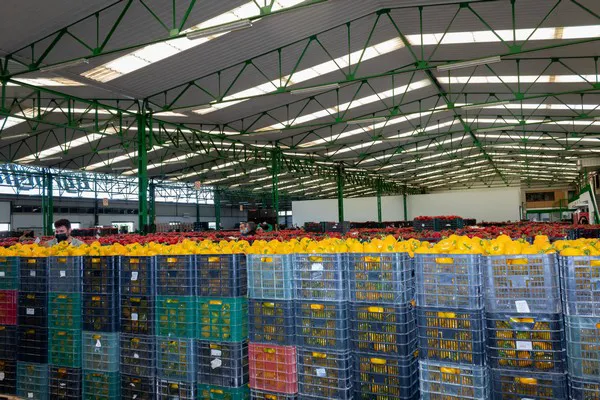
"It's going to be cold the whole week. For this reason, fewer products may be arriving at the auctions by the end of the week, but we do not believe that there will be a drastic reduction, as in previous weeks, and, for now, prices have not reflected any of this," says Francisco Gómez, manager of Agroejido.
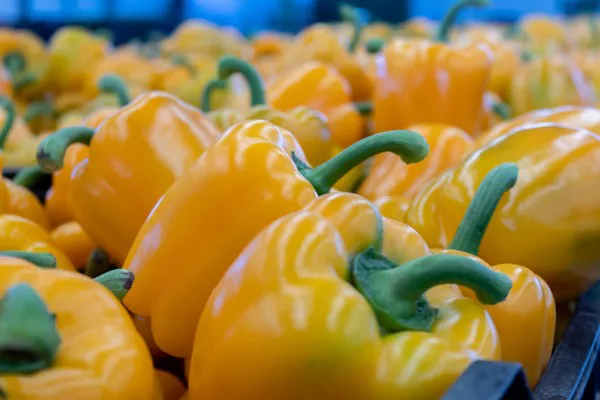
"As regards bell peppers, the yellow one has been lacking in recent days, and there have been problems in preparing the tricolor packs for the European market. In fact, some have been delivering bicolor packs instead. Now we have yellow bell peppers again, as well as red, although there is a smaller quantity of green bell peppers available than at this same time in previous years." It is worth remembering that green is the common color of all bell peppers before coloring and that the decision to harvest it green depends largely on the supply and price of the rest of the color range, says Francisco. On February 28, red bell peppers were trading for between 2.86 and 2.75 €/kg, the yellow cost between 2.05 and 1.53 (only two weeks earlier, it had come close to 3.70 €/kg), while the green stood between 2.21 and 1.79 €/kg.
"Contrary to what has been observed with the bell pepper supply, the production of Lamuyo peppers has not recovered since the drop in January, and it seems that it will be difficult for it to do so from now on," says Francisco. "Within the bell pepper segment, one of the varieties reaching the highest price at the moment is the Sweet Palermo, having recently reached 3.45 €/kg. This variety is more sensitive to the cold, and right now, there is also little available."
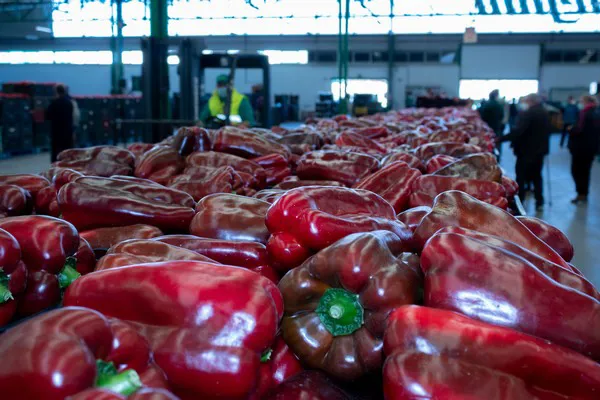
As for zucchini, both the thin and thick varieties were sold at Agroejido on the last day of February for between 0.92 and 0.75 €/kg, while black eggplant, of which "there is a little less production," stood at between 1.01 and 0.73 €/kg. "The striped eggplant reached higher prices, ranging between 1.56 and 1.38 €/kg."
"Meanwhile, cucumbers have been recording pretty high prices since the beginning of the season. At the moment, Almeria-type cucumbers cost between 1.89 and 1.87 €/kg, but they stayed for days above 2 €/kg. Short cucumbers recently stood at 2.05 €/kg, and the French cost between 1.56 and 1.40 €/kg."
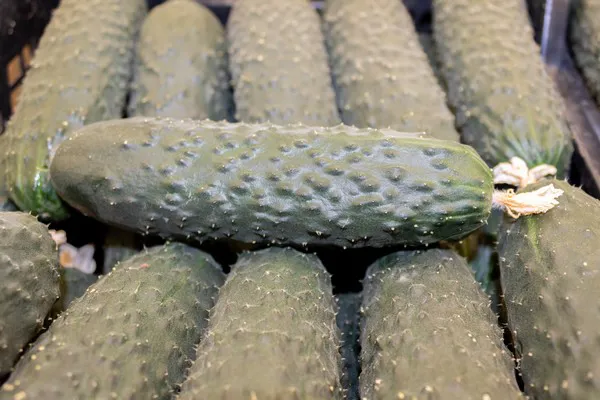
"It has been a good campaign in terms of prices, but not in kilos"
According to Francisco, while cucumber prices have been very good, the campaign has not been very good in terms of volumes. "There have been problems, especially at the beginning, with aphids, and the high temperatures in autumn took a considerable toll on the production. Also, when the cold weather arrived, the plants naturally began to produce less. It could be said that, for all vegetables, and not only for cucumbers, this has been a good campaign in terms of prices, but not in kilos," he said.
"Also, in an inflationary context, prices have had to reflect the rise in production costs. In fact, if this had not been the case, getting through the campaign would have been practically impossible."
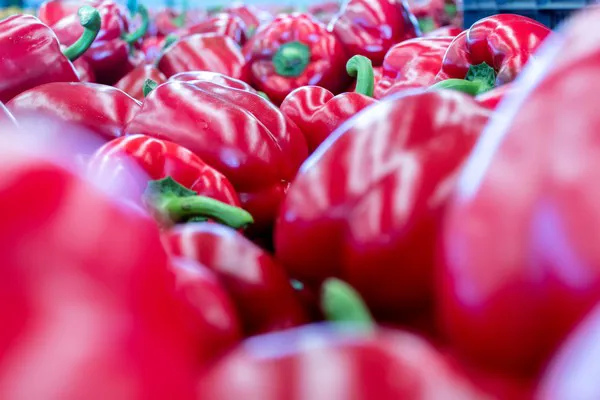
This year, moreover, everything points to the possibility of Almeria's season being extended. The plants' endurance and the cycle changes will determine this, but also the supply levels on the continent. "In Central Europe, there is still no production, and it isn't known yet when the Netherlands will start, so there is still some margin for us. While not a general trend, in the last week we have also noticed the entry into Europe of produce from third countries, like Turkey or Jordan, to make up for the shortages in southeastern Spain. These are geographically distant countries, but the price differential in the European market makes up for the higher cost of transport," said Francisco Gómez.
 For more information:
For more information:
Agroejido
C/ La Parra, 53
04700 El Ejido, Almería, Spain
Tel.: +34 950 48 91 05
info@agroejido.com
www.agroejido.com
